The U.S. Air Force is planning a tabletop exercise to gauge U.S. readiness to react to a wide spectrum of nuclear-related scenarios. This will be part of a larger effort to prepare for them, a service leader said on Wednesday.
Lt. Gen. Andrew J. Gebara is the deputy chief of staff for strategic deterrence and nuclear integration. “What if, God forbid, there was a low yield [nuclear weapon] use in Europe tomorrow?” he asked at the Air & Space Forces Association conference outside Washington, D.C. “Or what if there was a demonstration of nuclear use, or a nuclear test? What if we had to adapt the INDOPACOM regional fight because a nuclear power had a red line [that meant] we couldn’t fly in certain areas? These are the kind of things that our warfighters need to understand from the beginning. It doesn’t need to be just at the presidential level with no other discussion.”
That question represents a big change in the way the U.S. military has historically talked about the possibility of nuclear war. It used to be that intelligence or analysis about the effects of such weapons on a given conflict was carried out at the highest possible, “strategic” level. That emphasis was a reflection of the times when two great powers were locked in a largely conventional arms race with knowable “rules” or at least principles of play. It no longer represents the modern role of nuclear weapons in conflict. They may include far more players and means of delivery of nuclear effects.
Gerber said, “When I was younger, at the end of the Cold War, the biggest threat we had was no-notice-1,000 ICBMs just coming over the North Pole, and how would you handle that? That’s horrific to even think about. But it’s actually a pretty simple tactical problem. There’s only a couple things you can do with something that bad.”
Today, ICBMs look quaint compared to new types of missiles and weapons that can deliver nuclear effects. They include some that don’t even appear to be weapons at first. If the Soviet Union’s one hundred-megaton Tsar Bomba was the pinnacle of the Cold War arms race, the new arms race is best represented by the lower-yield “tactical” nuclear weapons that Russia has threatened to unleash on Ukraine or, possibly, in space.
Gerbera remarked that weapons instructors at Nevada’s Nellis Air Force Base are already teaching these kinds of lessons to more pilots. He said, “So what does it mean if you’re flying through this area and there’s a radiological threat? What’s it mean for the airplane?”
Now, Gebara said, he’s working to broaden training for such scenarios across the U.S. Air Force. “I think at all levels we need to build that experience, not just at the tactical level and not just at the strategic.”
The tabletop exercise is slated for later this month. The results of the exercise will be briefed at a CORONA commanders conference. CORONA conferences are held for the most senior Air Force leaders to discuss strategy and policy.
Author: Burt Webb
-
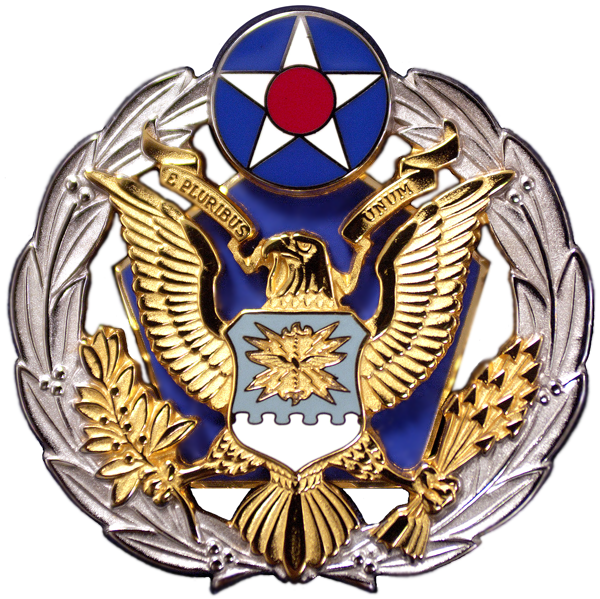
U.S. Air Force Redesigning Nuclear Weapons Response
-
Nuclear News Roundup Sep 17, 2024
Saudi Arabia plans to allow tougher nuclear oversight by IAEA this year voanews.com
Vladimir Putin ally makes terrifying claim over nuclear war as WW3 fears erupt express.co.uk
Three Mile Island nuclear plant will reopen to power Microsoft data centers kanw.com
Czech Republic selects Rolls-Royce SMR for small reactors project world-nuclear-news.org
-
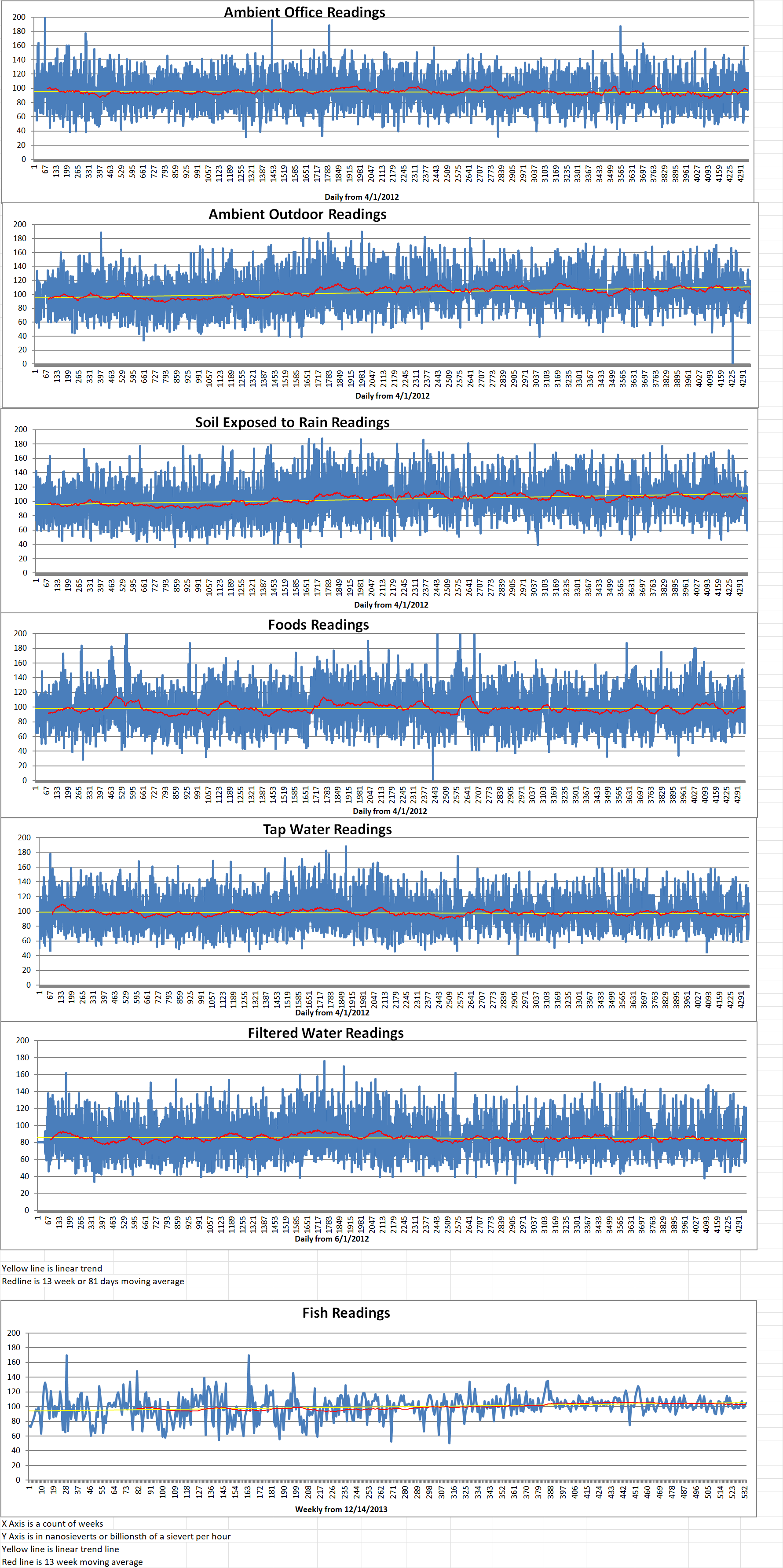
Geiger Readings for Sep 17, 2024
Ambient office = 138 nanosieverts per hour
Ambient outside = 89 nanosieverts per hour
Soil exposed to rain water = 86 nanosieverts per hour
Blueberry from Central Market = 97 nanosieverts per hour
Tap water = 100 nanosieverts per hour
Filter water = 86 nanosieverts per hour
-
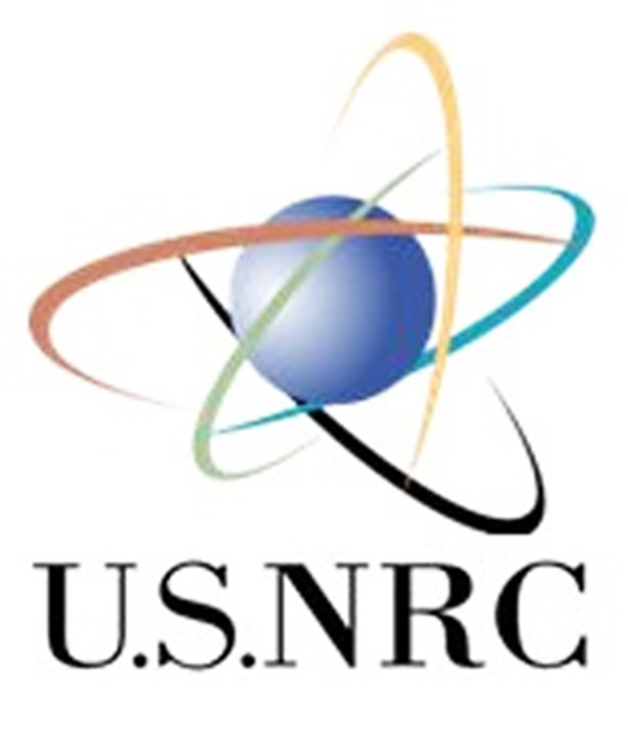
Nuclear Reactors 1425 – UK’s Office for Nuclear Regulation, The U.S. Nuclear Regulatory Commission And The Canadian Nuclear Safety Commission Issue Paper On AI In Nuclear Industry
The U.K., U.S. and Canadian nuclear regulators have revealed high-level principles for deploying artificial intelligence (AI) in the nuclear sector while maintaining adequate safety and security.
The regulators say that “AI could benefit nuclear safety, security and safeguards in a variety of ways. These include the analysis of large volumes of data to better manage risks and improve efficiency and accomplishing tasks in hazardous areas to decrease the risk to workers and potentially reduce error. AI could also be dynamically retrained to benefit from new information and experience so it can rapidly improve moving forwards.”
The UK’s Office for Nuclear Regulation (ONR), the US Nuclear Regulatory Commission (NRC) and the Canadian Nuclear Safety Commission (CNSC) have just published a new trilateral paper. The title of the paper is Considerations for developing artificial intelligence systems in nuclear. It describes principles that all participants in the AI lifecycle should consider. These include developers, licensees and regulators. The paper marks the first time international regulators have collaborated to draft principles addressing AI in the nuclear sector.
The paper covers a variety of topics. Common areas of focus for regulators when approaching AI are recommended. Understanding how to manage systems based on the consequences of AI failure and the level of AI autonomy is urged. The importance of human and organizational factors in the use of AI is emphasized. Integrating AI into existing nuclear systems is discussed. Managing the AI lifecycle from design to deployment is reviewed. Considerations for safety cases for AI in nuclear applications are mentioned.
The paper continues that “The nuclear industry benefits from decades of operational experience, mature and rigorous design and operation protocols, and a strong safety and security culture. The rapid pace of recent AI development is somewhat antithetical to the slow and methodical change process that the nuclear industry traditionally follows. Nevertheless, the primary goal for the nuclear industry and regulators with respect to AI systems will be maintaining adequate safety and security while benefiting from their deployment.”
Among its conclusions, the paper states that “The fast pace of AI development means it is unlikely that AI-specific consensus standards for the nuclear domain will be available to support regulatory activities within the near future. In the interim, existing nuclear-specific standards remain a starting point coupled with considering the unique attributes introduced by AI.”
The regulators conclude that “While there are hurdles to consider to successfully deploy AI, there are also potentially significant benefits to using AI. If effectively managed, negative consequences could be avoided or mitigated for many applications. This document recognizes this position and describes features the Canadian, UK, and US nuclear regulators consider important in managing risks arising from the use of AI.”
Shane Turner is the Technical Director of the ONR. He said that “This significant collaboration between CSNC, NRC and ONR will support the wider international nuclear community to understand what is important when considering the application of AI. ONR is open to innovation and is committed to enabling the safe and secure deployment of AI and other innovative technologies within the nuclear sector.” -
Nuclear News Roundup Sep 16, 2024
Labor claims Aukus nuclear waste dumping issue just a Greens scare campaign theguardian.com
Long-term safety at Koeberg world-nuclear-news.org
Turn Indiana’s coal plants into nuclear yahoo.com
2 charged in case of illegal exports for Russian nuclear energy caledoneanrecord.com
-
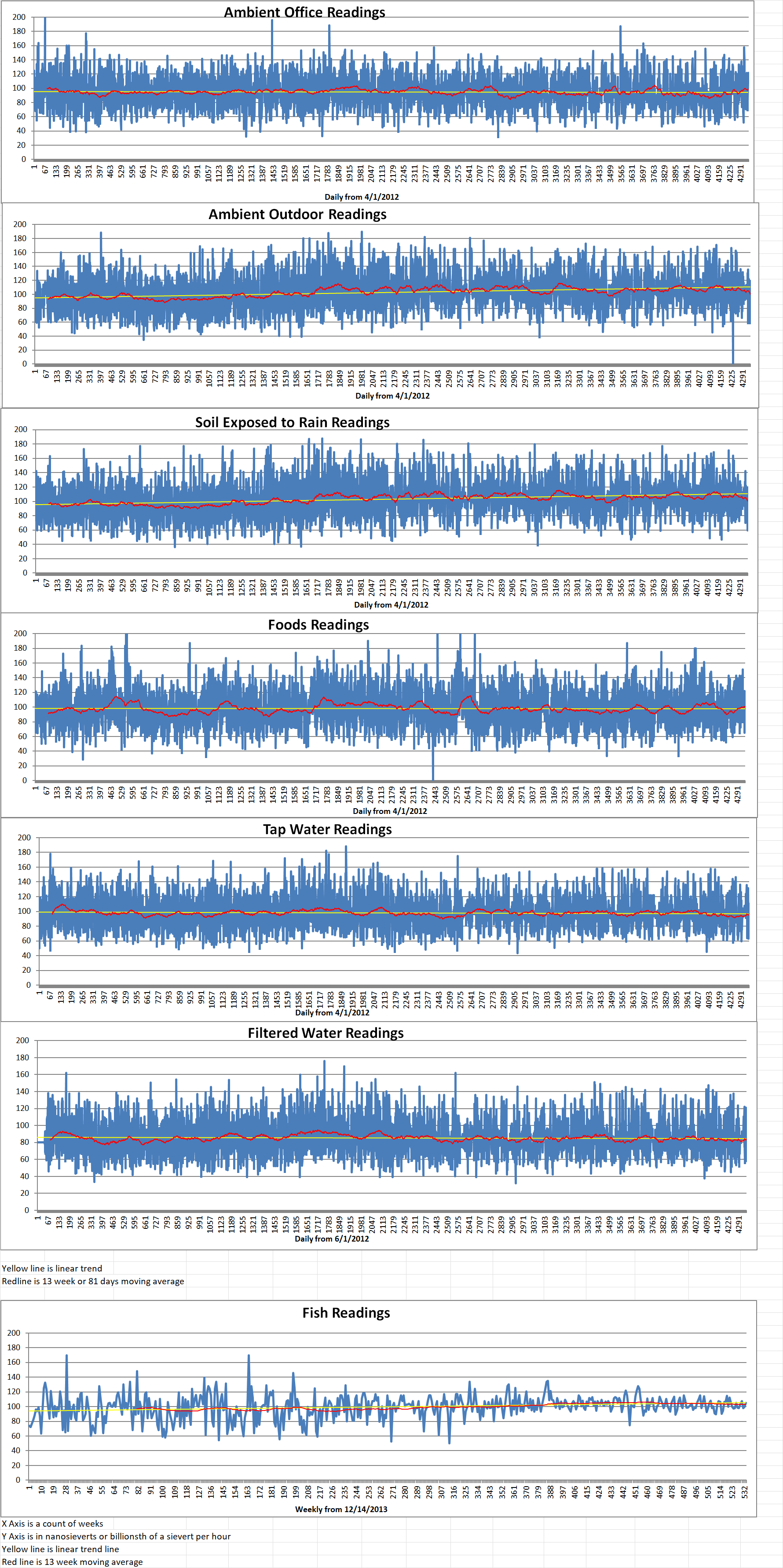
Geiger Readings for Sep 16, 2024
Ambient office = 110 nanosieverts per hour
Ambient outside = 108 nanosieverts per hour
Soil exposed to rain water = 111 nanosieverts per hour
Tomato from Central Market = 109 nanosieverts per hour
Tap water = 81 nanosieverts per hour
Filter water = 100 nanosieverts per hour
-
Nuclear News Roundup Sep 15, 2024
Oracle to build nuclear SMR-powered gigawatt data center datacenterdynamics.com
Moscow decries “fake news” about ambitious Rooppur Nuclear Power energycentral.com
Committed to Ambitious Climate Goals, NY Unveils New Nuclear Push enr.com
Shortfall in Young Engineers Threatens Nuclear Renaissance wsj.com
-
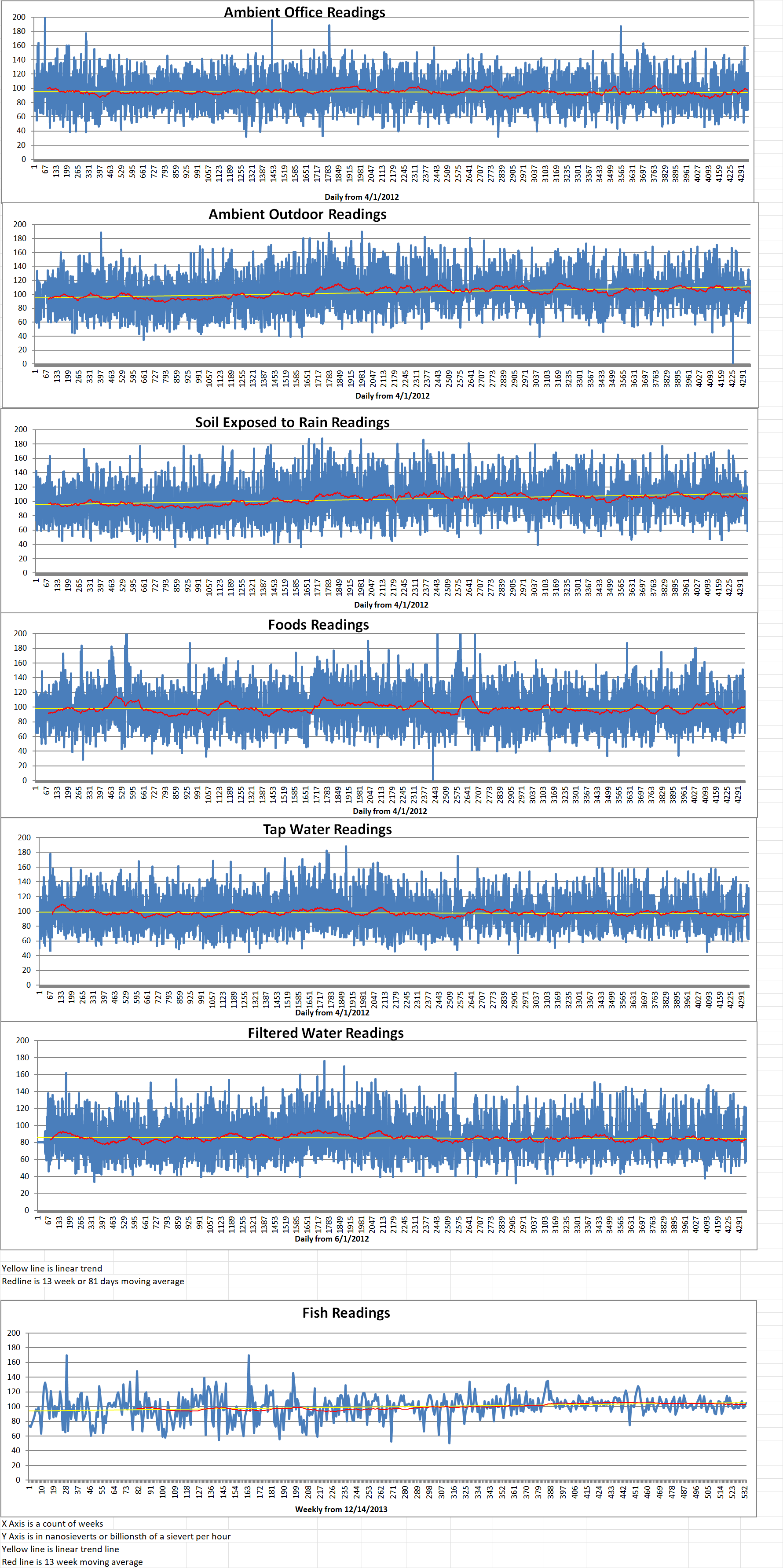
Geiger Readings for Sep 15, 2024
Ambient office = 116 nanosieverts per hour
Ambient outside = 104 nanosieverts per hour
Soil exposed to rain water = 100 nanosieverts per hour
Red bell pepper from Central Market = 90 nanosieverts per hour
Tap water = 94 nanosieverts per hour
Filter water = 84 nanosieverts per hour
-
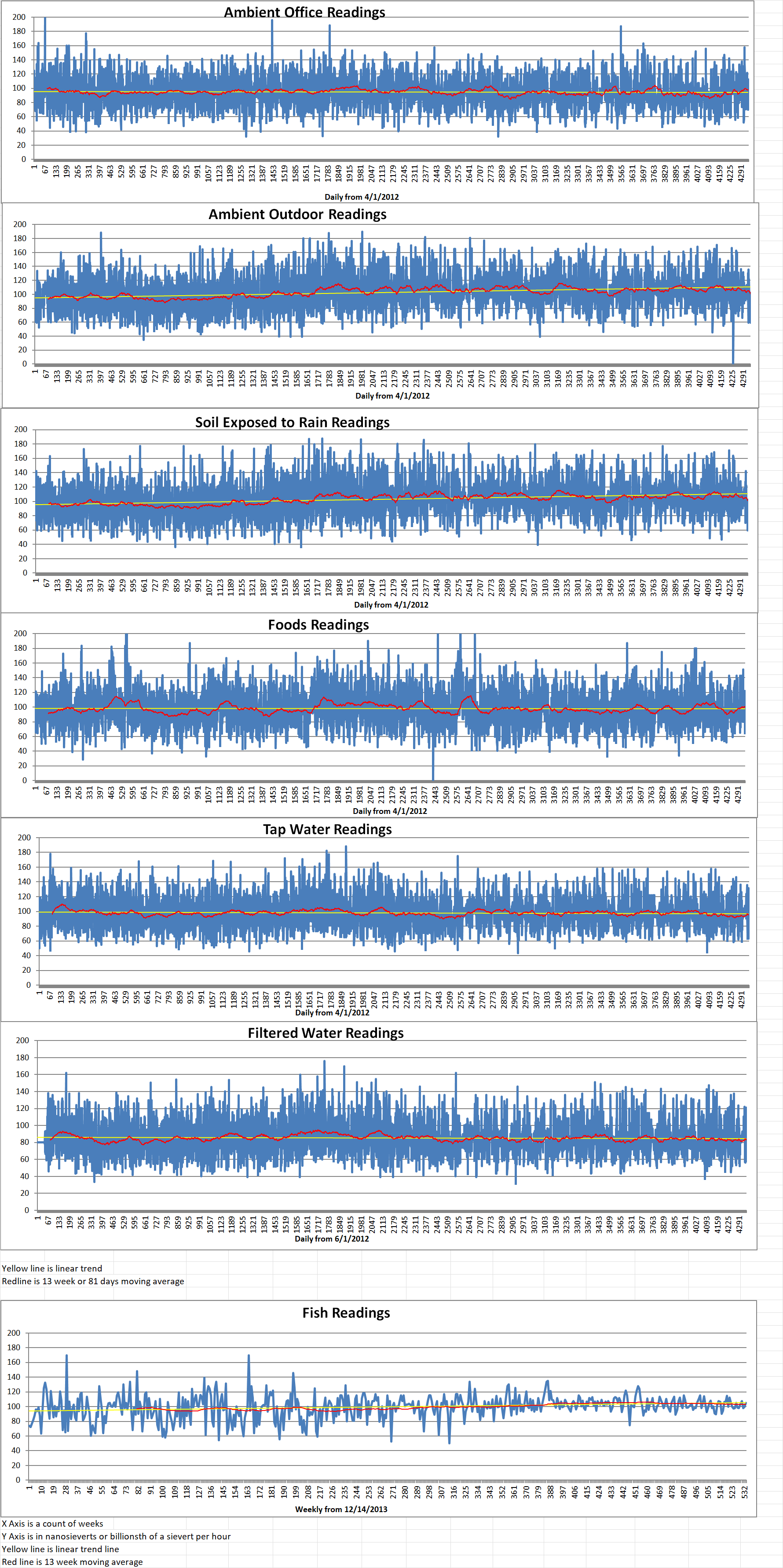
Geiger Readings for Sep 14, 2024
Ambient office = 90 nanosieverts per hour
Ambient outside = 109 nanosieverts per hour
Soil exposed to rain water = 106 nanosieverts per hour
Mini cucumber from Central Market = 143 nanosieverts per hour
Tap water = 99 nanosieverts per hour
Filter water = 84 nanosieverts per hour
Dover Sole from Central = 1098 nanosieverts per hour
